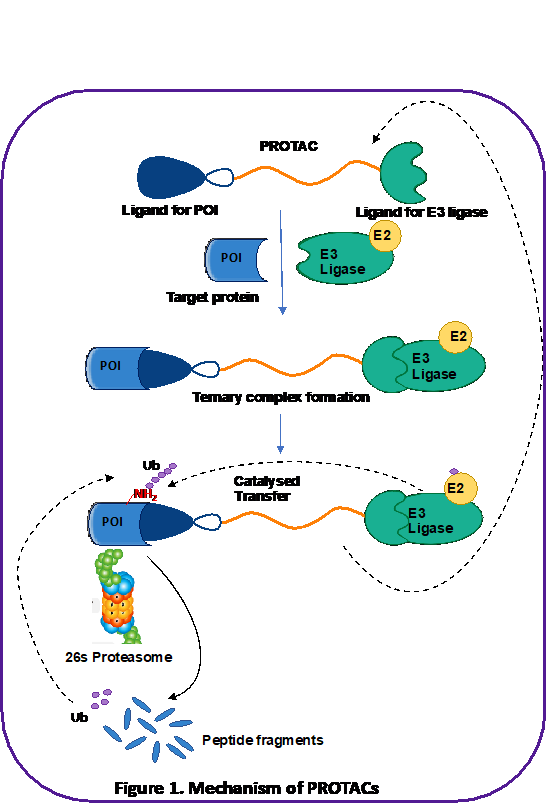PI Name & Affiliation:
Dr. Loganathan Rangasamy,
Associate Professor,
Centre for Biomaterials, Cellular and Molecular Theranostics (CBCMT),
Vellore Institute of Technology, India
Co-PI Name & Affiliation:
Dr. Geetha Manivasagam,
Director,
Centre for Biomaterials, Cellular and Molecular Theranostics (CBCMT),
Vellore Institute of Technology, India
Dr. Varatharajan Sabareesh,
Assistant Professor (Sr.),
Advanced Centre for Bio Separation Technology (CBST),
Vellore Institute of Technology, India
Funding Agency: Department of Science and Technology (DST), India
Scheme: DST-SERB-Core Research Grant (CRG)
Overlay: Rs. 36.4 lakhs
Duration of the Project: 3 Years (2020-2023)

Dr. Loganathan Rangasamy
Associate Professor
Dr. Geetha Manivasagam
Director, CBCMT
Dr. Varatharajan Sabareesh
Assistant Professor
Project Description
Cancer is the second leading cause of death globally and is responsible for an estimated 9.6 million deaths in 2018. Worldwide, about 1 in 6 deaths, in India 1 in 15 deaths is due to cancer. Despite a significant understanding & substantial improvements, cancer research continues to suffer from extremely low success rates in translating preclinical discoveries into clinical practice. Targeted protein degradation using PROteolysis TArgeting Chimeras (PROTAC), is a new and promising approach in drug discovery for cancer. PROTACs destroy disease-causing proteins by hijacking the natural pathway of ubiquitin proteasome system, rather than inhibiting them like small-molecule inhibitor. Nevertheless, PROTACs have numerous limitations related to poor biodistribution, low stability, and low penetrability in vivo. Most importantly, established small-molecule PROTACs cannot target tumor tissue, thus developing a possibility for off-target effects. This hampers the use of PROTACs in clinical applications. To solve the above problems, herein we propose to link our newly designed PROTACs with a targeting ligand that can deliver the attached PROTACs selectively to cancerous tissue, thereby reducing toxic side effects in the patient and increasing the therapeutic index.